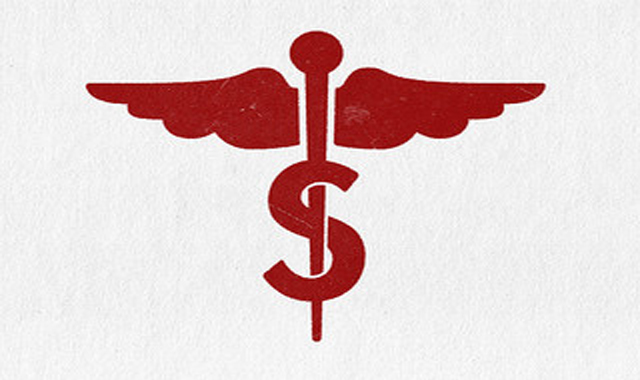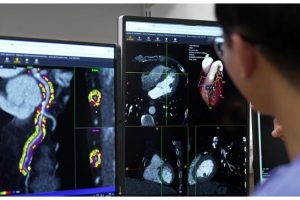It didn’t take long for Beebe Healthcare’s new electronic health records system to start proving its value.
“I admitted a patient a few days ago for a stroke,” said Dr. Jeff Hawtof, a general practitioner and vice president of Beebe’s medical operations and informatics. “Our new system reaches out to a national pharmacy database. I know that one particular medication can potentially cause strokes at a higher dose. My charts showed the patient was on a lower dose, but information gathered by the new system from the national database showed that the dose to this patient had been increased by another provider. The patient didn’t tell me that the dose had been increased, but the system did. That wouldn’t happen before we implemented this new system. By lowering the dose, we eliminated one potential cause of the stroke.”
That’s one of the many reasons why Beebe’s board of directors a few years ago authorized a $33 million contract with Missouri-based Cerner to bring its digital health records system to the inpatient facility in Lewes. With those capital costs and significant additional annual operating costs – including another 10 high-level information technology people – the investment is a big one for Beebe. Why is it so expensive?
“There are so many systems in a hospital – so many moving parts,” said Hawtof. “The goal of this software is to eventually have all of our systems integrated digitally. But that will take several years.”
Two years of preparation
Leading up to the March 9 rollout when the new system went live, Beebe employees invested more than two years in selecting Cerner, visiting its secure, bunker-like facilities in Kansas City, traveling to other medical centers around the country to see the system in use, and planning the nine-month implementation at Beebe. Doctors, nurses and other employees at Beebe trained extensively to understand how to use the system.
“This not an IT project,” said Beebe Vice President and Chief Information Officer Mike Maksymow. “It’s a collaborative, multidisciplinary approach to bringing this tool – this set of solutions – to Beebe to improve the quality of care received by our patients. That’s our first concern.”
Maksymow speaks like someone operating at the informaformation technology systems level: “This [healthcare] is the last major industry vertical to adopt this technology to improve the industry’s performance,” he said. “We’re building a robust foundation for expansion into the future. Eventually we will be able to dive deeper into all of this data to see the acuities of patients and possible outcomes. That’s the next horizon.” He said with all of the providers seeing and sharing the same information about patients – having all of that information in one place – instead of fragmented in folders here and there on paper charts, more informed decisions can be made in real time.
“Before, we had lots of data, but with this integration we will now have information,” said Beebe President Jeff Fried. “This will eventually allow us to look at why people get readmitted and what we need to do to keep them out of the hospital. That will involve the information we have with this new system as well as the efforts of physicians, care managers, health coaches.”
System detects drug problems
The new system is programmed to sense drug interaction problems and includes what are called ‘hard stops’ to prevent any further treatment until such problems are addressed. When patients are about to be discharged, the system checks to make sure proper prescriptions and instructions have been written. “These are quality measures,” said Maksymow. “They help the provider remember.”
The system has also immediately improved the accuracy of initial medication lists from about 80 percent, previously, to almost 100 percent now. “So many patients bring wrong lists,” said Maksymow.
And, the system is improving efficiency by addressing the age-old problem of doctors and nurses trying to read each others’ handwritten notes, prescriptions and messages. “It reduces the number of times messages have to be transcribed, and that reduces the number of errors,” said Hawtof. “When I write an order for labwork, it goes directly to the lab.”
Maksymow said he polled nurses and clinicians in the first weeks after the system went live. “They told me that from a quality and safety perspective, they no longer have to decipher handwriting. That’s huge.”
21st century technology at work
Bottom line: this new system is about using 21st century technology to get all of a patient’s information in one place for everyone’s benefit. Maksymow said this is becoming the face of modern, contemporary medicine. “Patients are already getting excited about accessing their information through the portals being set up,” he said. “Eventually, consumers will mandate consumer-based healthcare, and having this information will help them make better decisions about how to spend their money.”
How does all of this fit into the national healthcare discussion?
“So much of what’s behind the Affordable Health Care Act is making our healthcare system not only better but less expensive,” said Fried. “Systems like this can help us avoid errors and improve the way we deliver healthcare, avoid redundant tests. That can help us make progress toward those national goals.”
































